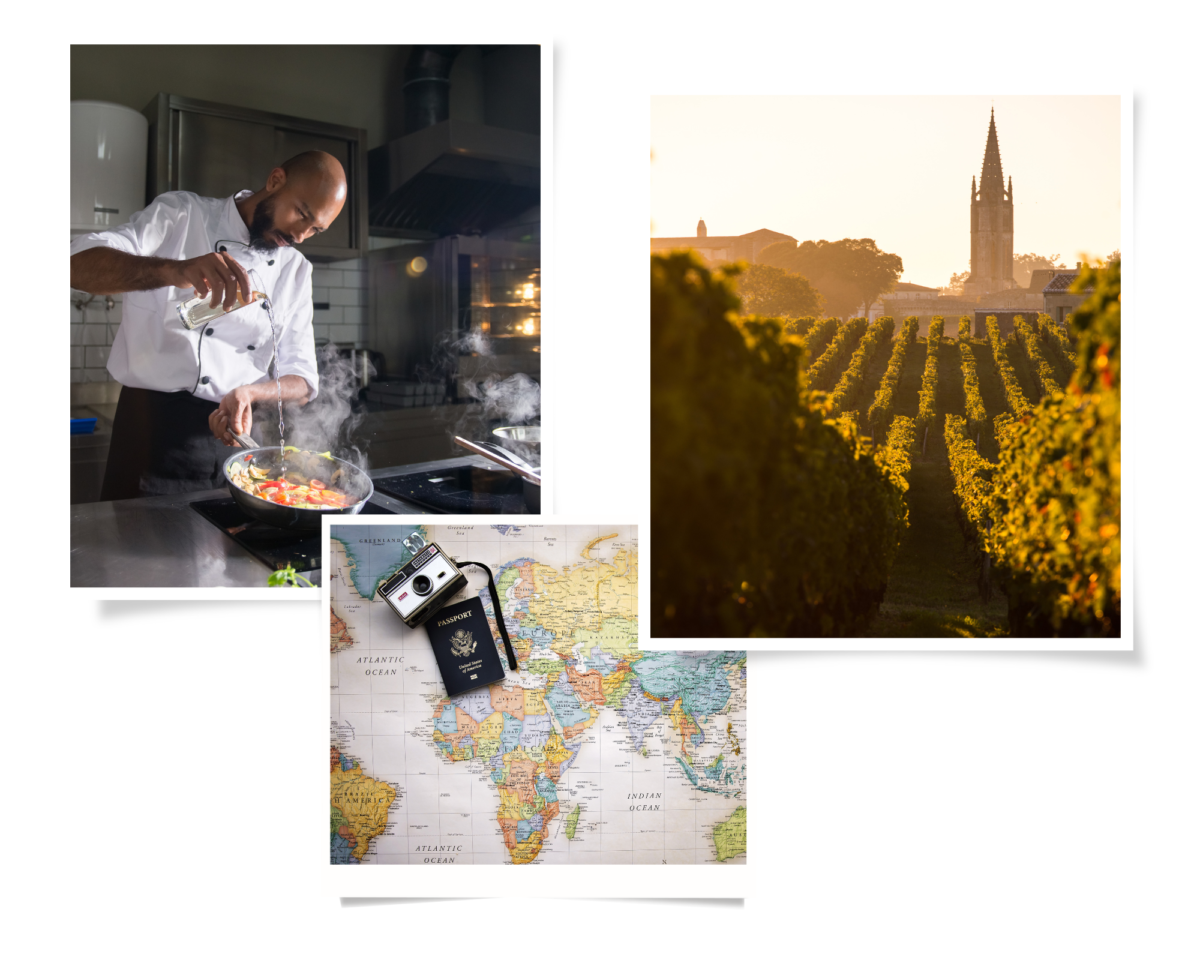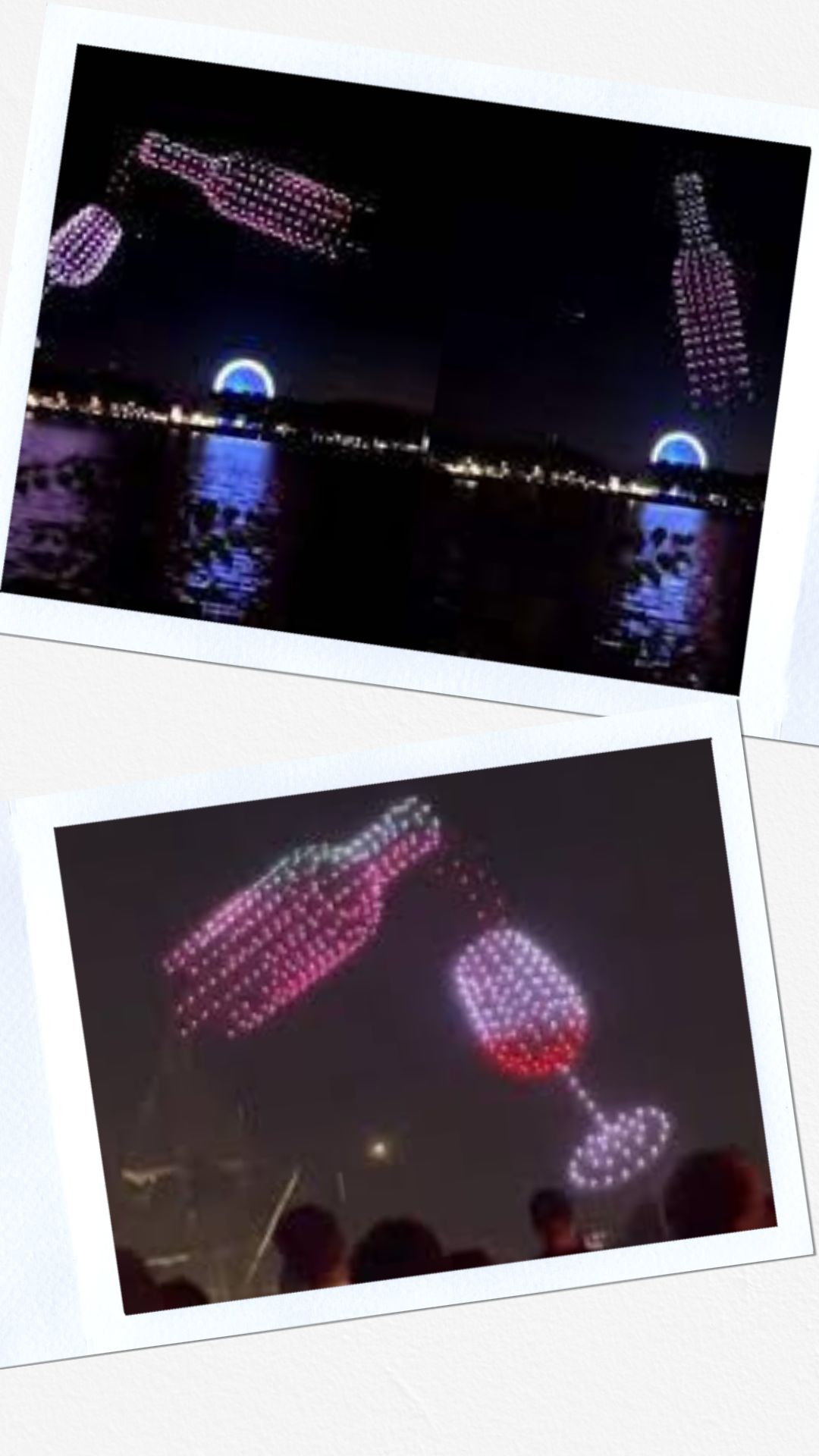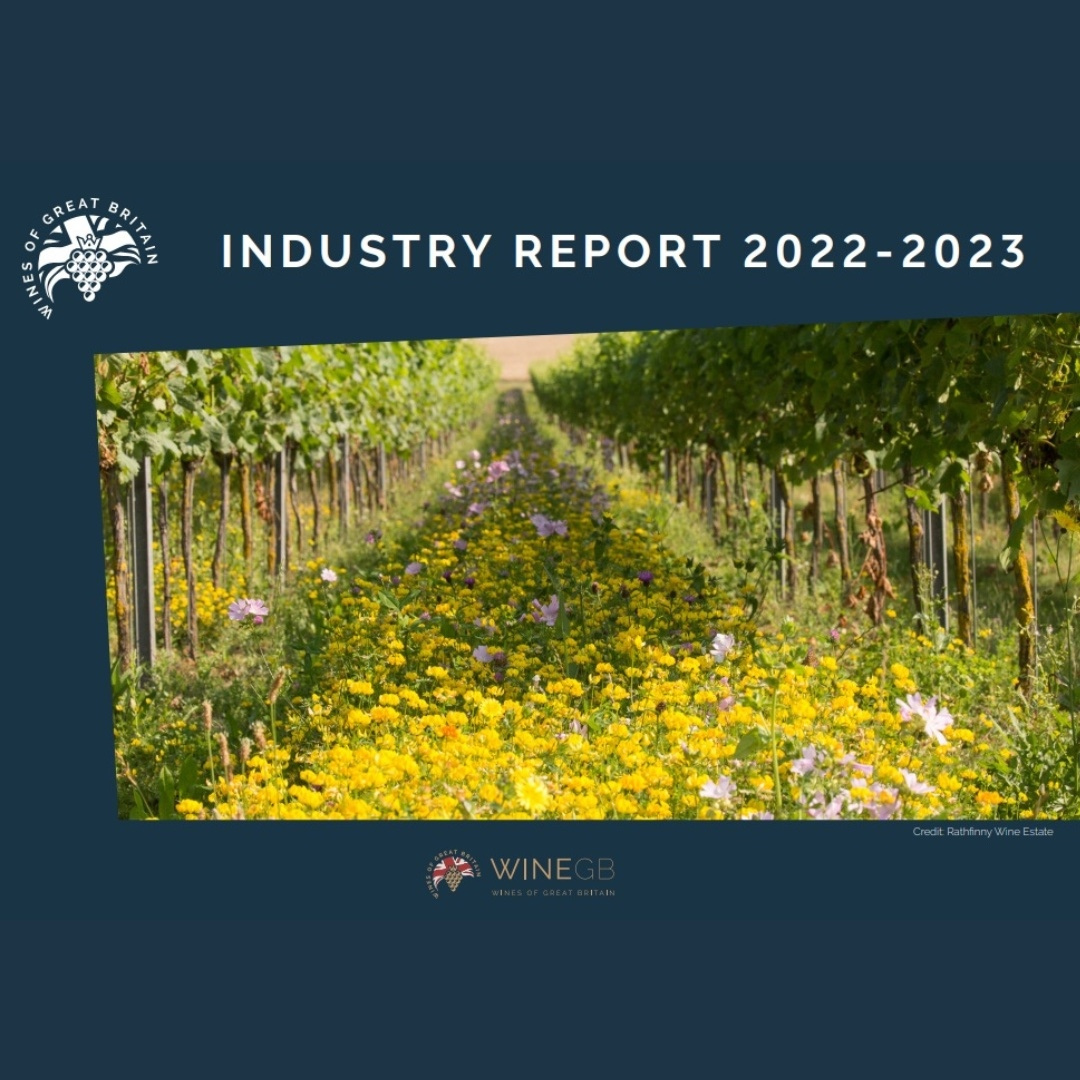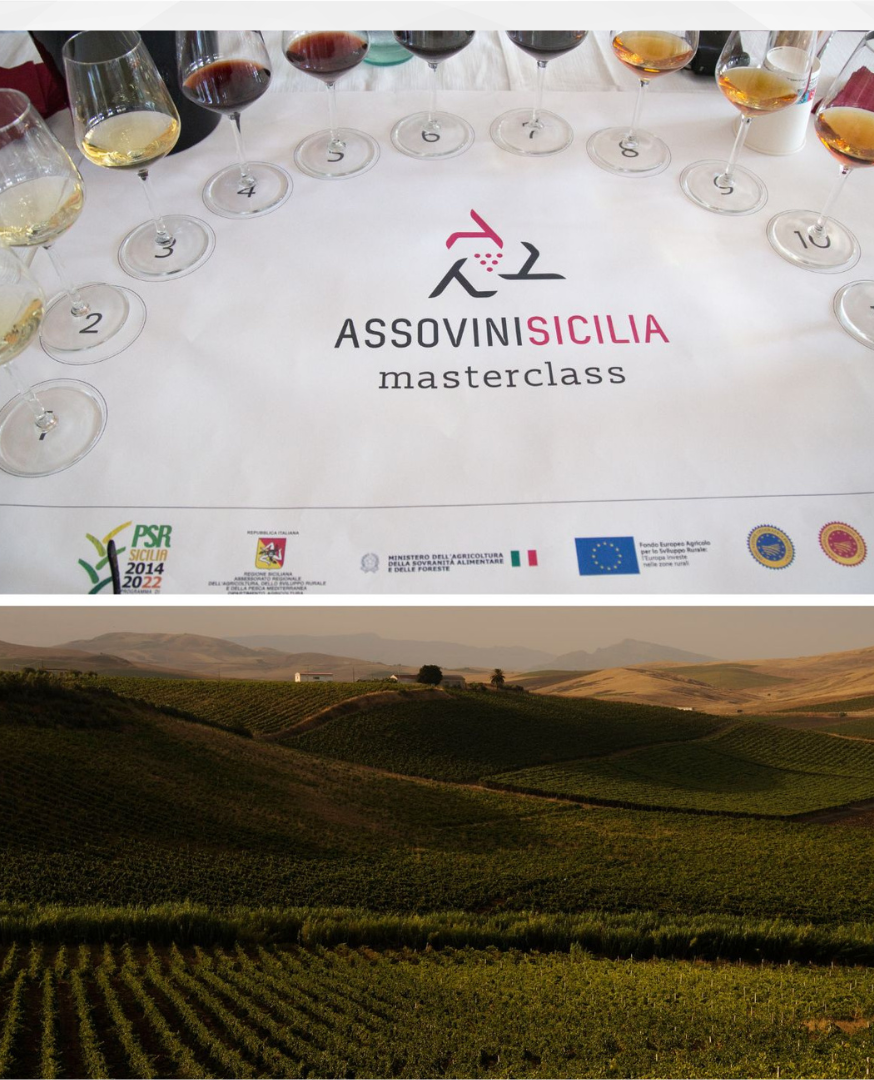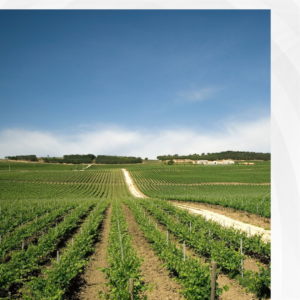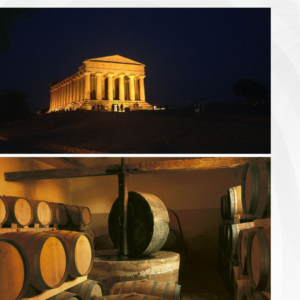UNWTO further strengthened its cooperation with the Development Bank of Latin America and the Caribbean as it brought together public and private sector leaders to advance investments in the tourism sector.
Against the backdrop of the meeting of its 68th Regional Commission for the Americas, June 30th, 2023 in Quito, Ecuador, UNWTO hosted the Seminar on Sustainable Investments to explore the main challenges and opportunities around this topic in the region, and here are some of the main points.
Tourism Investments: A defining priority
The latest data from UNWTO shows that tourism in the Americas is steadily recovering, with international arrivals reaching 86% of 2019 levels by the end of the first quarter of this year. Moreover, foreign direct investment (FDI) in the tourism sector, which had experienced a decline, is now showing signs of revitalization:
Registered projects investment projects rose by 185% between 2022 2021. These projects accounted for a total value of 192.6 billion USD, reflecting rising investor confidence in the region’s potential.
Additionally, in 2021, Foreign Direct Investment (FDI) surged to US$134 billion, a 56% year-on-year increase, reclaiming a substantial portion of the ground lost in 2020. …continues at … https://www.unwto.org/news/unwto-puts-spotlight-on-tourism-investment-in-the-americas

